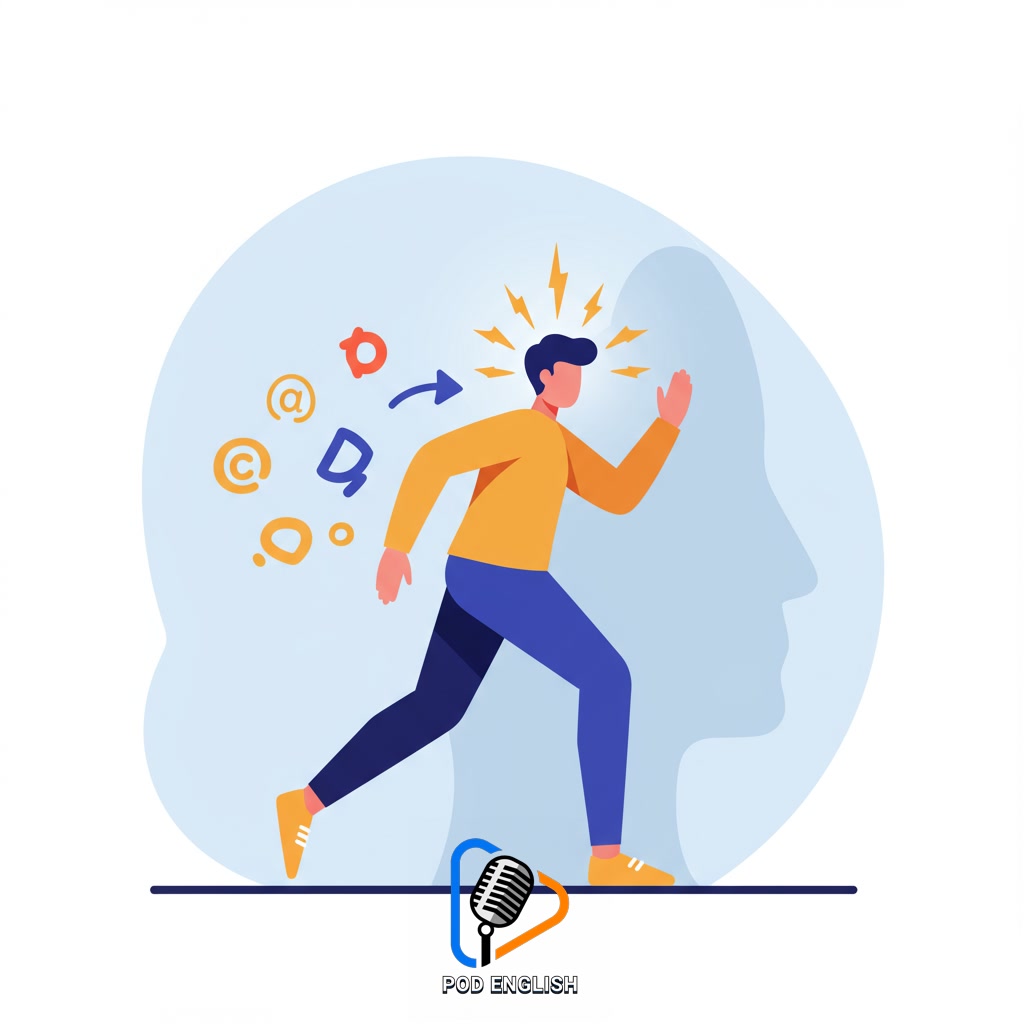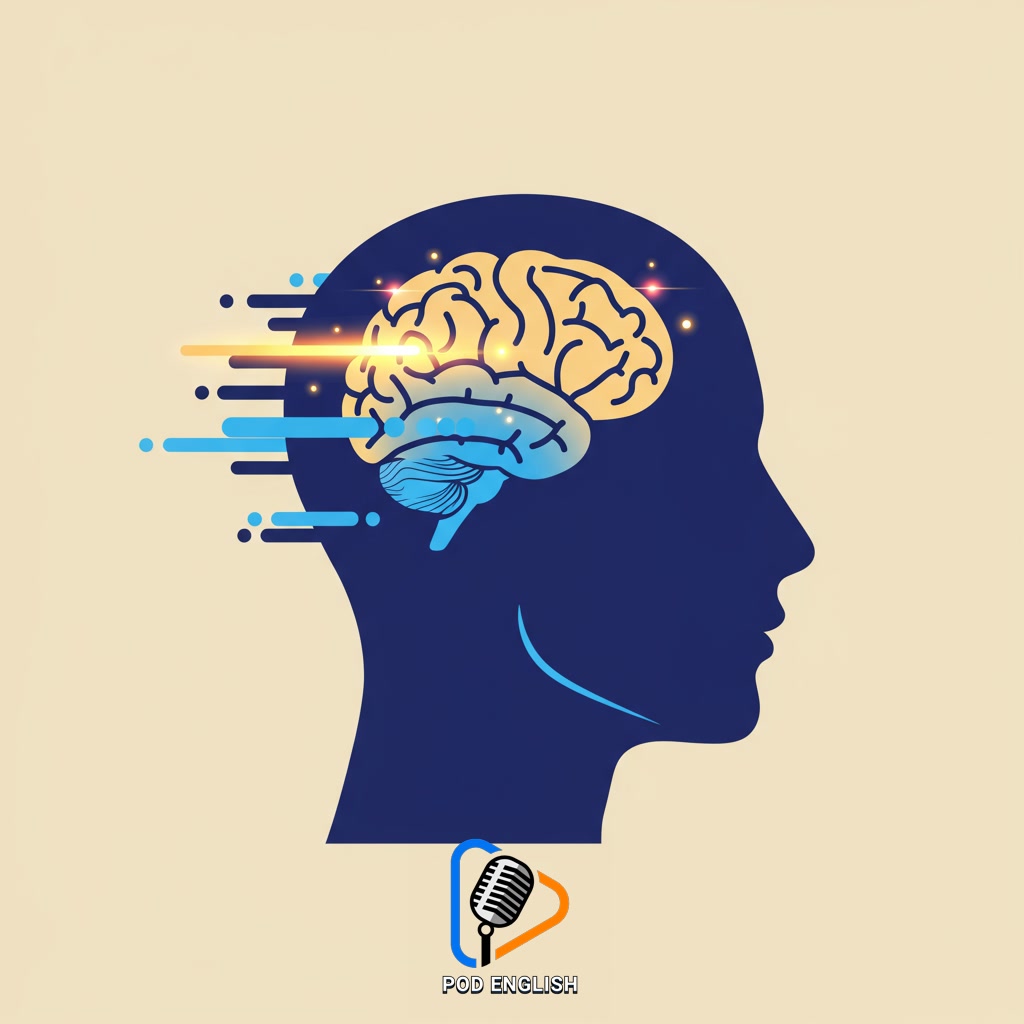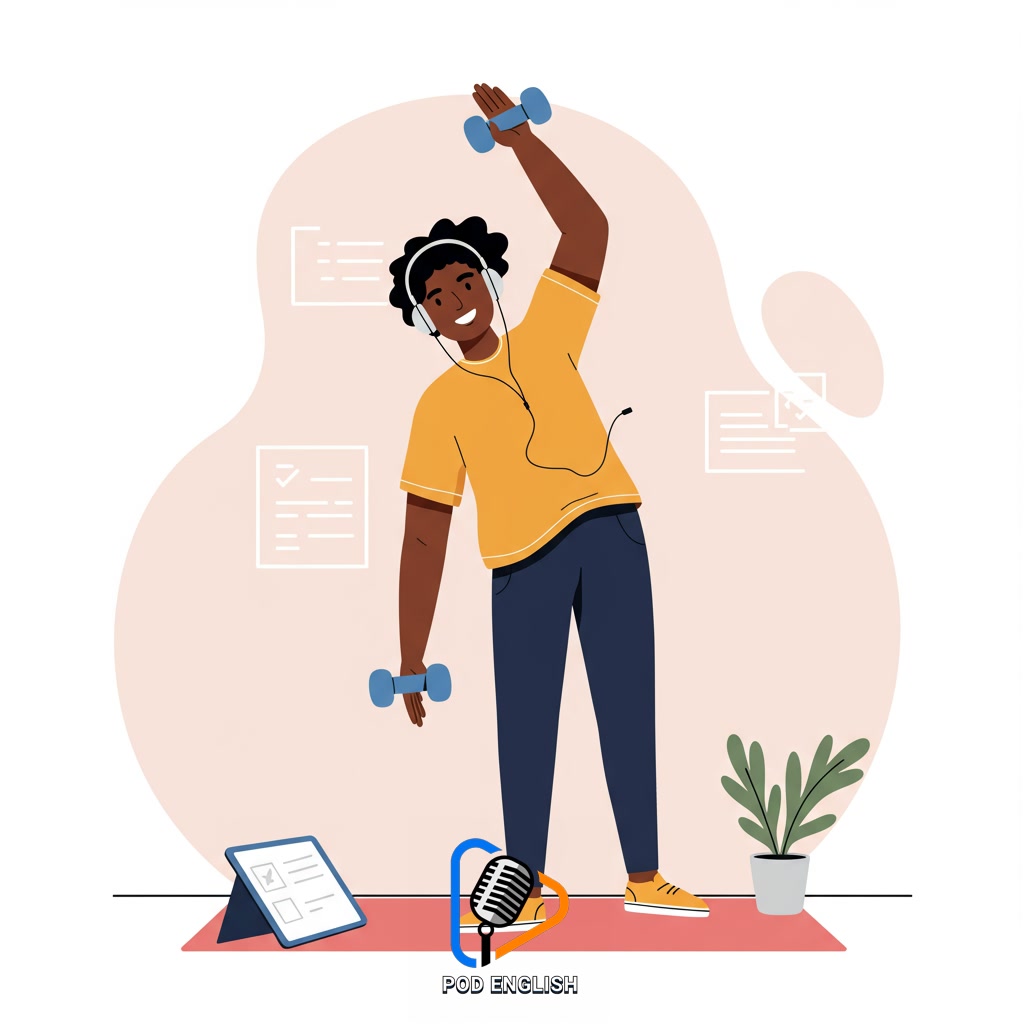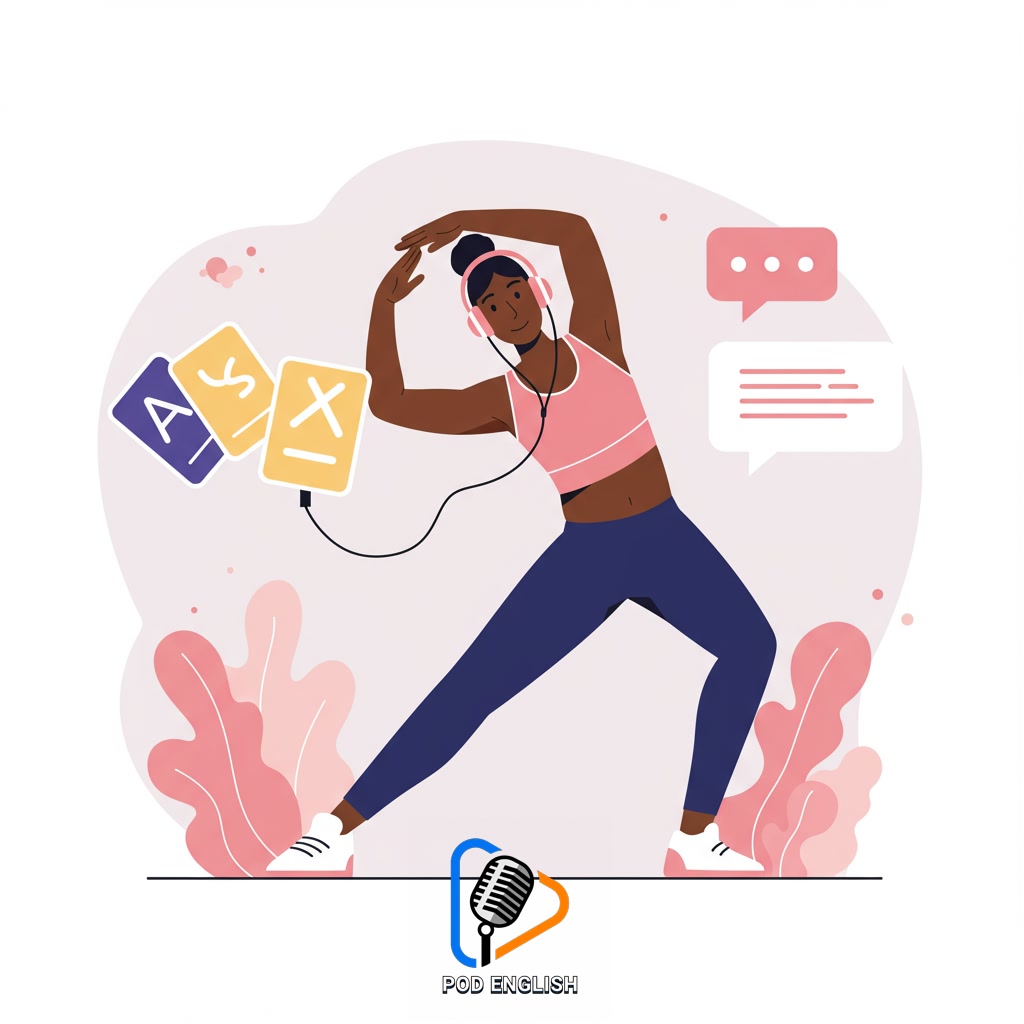Learn English
Boost Your English Learning with Simple Physical Activities

This content explores how simple physical activities can significantly improve your English learning journey. It discusses the benefits of combining movement with language study and offers practical suggestions for incorporating exercise into your English practice routine. Discover how staying active can make learning English more effective and enjoyable.
Table of Contents
- Section 1: The Surprising Link: Why Physical Activity Matters for Learning English
- Section 2: The Science Explained: How Movement Boosts Your Brain’s Capacity
- Section 3: Simple Activities to Get You Moving (No Gym Required!)
- Section 4: Integrating Activity into Your English Study Routine
- Section 5: Practical Tips for Combining Physical Activity and Language Practice
- Section 6: Beyond the Boost: Long-Term Benefits for Your English Journey
Section 1: The Surprising Link: Why Physical Activity Matters for Learning English
Many people view learning English primarily as a mental exercise, separate from physical activity. However, there’s a fascinating and significant connection between moving your body and enhancing your brain’s ability to learn. Engaging in physical activity, even just light movement, increases blood flow and oxygen to the brain. This boosts cognitive function, including focus, memory, and processing speed – all vital for acquiring new vocabulary, understanding grammar rules, and improving comprehension in English. Furthermore, exercise releases chemicals that reduce stress and improve mood, creating a more positive and receptive state for learning. Essentially, incorporating physical activity into your routine can make your brain more efficient and ready to absorb new English knowledge.

The Surprising Link: Why Physical Activity Matters for Learning English
Section 2: The Science Explained: How Movement Boosts Your Brain’s Capacity
Many people view learning English primarily as a mental exercise, separate from physical activity. However, there’s a fascinating and significant connection between moving your body and enhancing your cognitive function, especially memory and learning. When you engage in physical activity, even light exercise, your heart pumps more blood, increasing oxygen and nutrient delivery to your brain. This process encourages the growth of new brain cells and strengthens the connections between existing ones, particularly in areas crucial for learning and memory like the hippocampus. Furthermore, exercise releases chemicals called endorphins, which improve mood and reduce stress, creating a more receptive state for absorbing new information, including English vocabulary and grammar. Understanding this biological link highlights why integrating movement into your study routine isn’t just good for your body, but a powerful strategy for boosting your brain’s capacity for language acquisition.

The Science Explained: How Movement Boosts Your Brain’s Capacity
Section 3: Simple Activities to Get You Moving (No Gym Required!)
Building on the connection between movement and cognitive function, let’s explore simple physical activities you can easily incorporate into your day without needing a gym membership or special equipment. Think about taking a brisk walk around your neighborhood or a nearby park during a study break. Gentle stretching exercises or a few minutes of light dancing to English music can also help. Even small actions like walking in place while listening to an English podcast or doing simple bodyweight movements like squats or lunges between review sessions can make a difference. These activities increase blood flow, reduce stress, and provide a mental reset, preparing your brain to absorb and retain English vocabulary and grammar more effectively. The key is consistency and choosing movements you enjoy, making them a natural part of your learning rhythm.

Simple Activities to Get You Moving (No Gym Required!)
Section 4: Integrating Activity into Your English Study Routine
Incorporating simple physical activities into your English learning routine is easier than you might think. Instead of sitting stationary for hours, try moving while you study. For instance, listen to English podcasts or audiobooks while walking outdoors or on a treadmill. Review flashcards or vocabulary lists while doing light stretches or gentle exercises at home. You can also practice speaking English aloud during a brisk walk, as the rhythm of movement can sometimes help with fluency. Even short bursts of activity, like standing up to stretch or do a few squats between study sessions, can help reactivate your brain and improve focus. The key is finding activities you enjoy and can easily pair with your learning materials, making the process more dynamic and engaging.

Integrating Activity into Your English Study Routine
Section 5: Practical Tips for Combining Physical Activity and Language Practice
Building on the idea of moving while studying, this section provides actionable ways to combine physical activity with your English practice. Integrate listening into your exercise: tune into English podcasts, audiobooks, or news while walking, jogging, or on a stationary bike. Transform study breaks: instead of just sitting, use short bursts of activity like stretching or light exercises to review flashcards or vocabulary lists. Practice speaking aloud while performing simple movements; describe what you’re doing in English or practice specific grammar points. Even watching English videos can be paired with cycling or using an elliptical machine. The goal is to find simple, sustainable ways to layer language exposure or active practice onto your physical movement, making your learning more dynamic and effective.

Practical Tips for Combining Physical Activity and Language Practice
Section 6: Beyond the Boost: Long-Term Benefits for Your English Journey
Building on the practical ways to integrate movement into your English study, this section looks at the lasting impact. Consistently pairing simple physical activity with your learning isn’t just a temporary boost; it fosters habits that support long-term progress. Regular movement improves blood flow to the brain, enhancing memory retention and focus over time – crucial for mastering new vocabulary and grammar. Furthermore, managing stress through exercise makes the demanding process of language acquisition more manageable and sustainable. By making English learning an active, integrated part of your routine, you build resilience and enjoyment, paving the way for continuous improvement and fluency beyond initial gains. This consistent, active approach transforms learning into a sustainable lifestyle, ensuring your English journey is not just effective but also enduring.

Beyond the Boost: Long-Term Benefits for Your English Journey













